The modern business landscape is intensely competitive. Companies are constantly vying for market share, customer loyalty, and ultimately, profitability. Understanding your competitors is no longer a luxury – it’s a fundamental necessity for survival and growth. A robust competitive analysis provides invaluable insights into your strengths, weaknesses, opportunities, and threats, allowing you to make informed strategic decisions. This article will delve into the core principles of competitive analysis, exploring its various facets and offering practical strategies for implementation. At the heart of this process lies the critical element of competitive analysis, a systematic process of evaluating your rivals to identify areas for improvement and capitalize on market advantages. Without a thorough understanding of your competition, you risk falling behind, missing out on crucial opportunities, and ultimately, jeopardizing your business’s success. This deep dive will equip you with the knowledge and tools to conduct effective competitive analysis and leverage it to achieve sustainable growth.
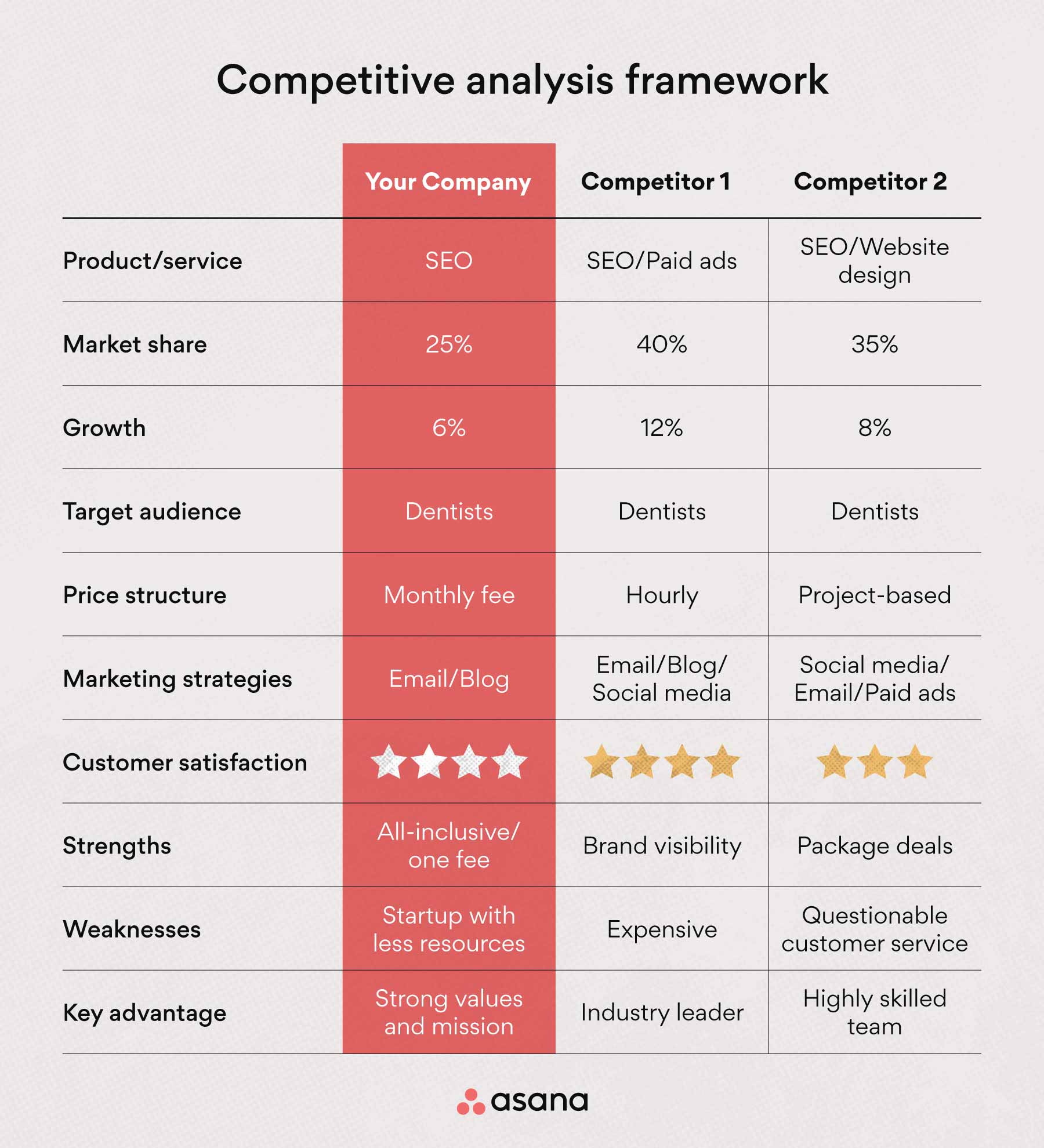
Defining Competitive Analysis

Competitive analysis isn’t simply about listing your competitors; it’s about understanding how they operate, what they’re doing well, and where they might be vulnerable. It’s a multifaceted process that involves gathering data, analyzing it, and using that information to inform strategic planning. The goal is to identify patterns, trends, and potential threats that could impact your business. It’s a continuous cycle of observation, assessment, and adaptation. Different types of competitive analysis exist, each with its own focus. A basic competitive analysis might focus on direct competitors, while a more in-depth analysis might examine indirect competitors – those that offer alternative solutions to the same customer need. Understanding the type of competitive analysis you’re conducting is crucial for effective results. A simple SWOT analysis, for example, is a foundational technique, but a more sophisticated approach incorporating market research, customer feedback, and competitor benchmarking will yield more substantial insights.

The Importance of Competitive Analysis – Why It Matters
The benefits of conducting a comprehensive competitive analysis are numerous and far-reaching. Firstly, it allows you to identify competitive advantages. By understanding your competitors’ strengths and weaknesses, you can pinpoint areas where you can differentiate yourself and offer a superior product or service. Secondly, it helps you develop effective strategies. Knowing your competition’s tactics allows you to anticipate their moves and proactively adjust your own approach. Thirdly, it’s crucial for pricing and positioning. Understanding how competitors price their offerings and their perceived value allows you to establish a competitive pricing strategy that maximizes profitability. Finally, and perhaps most importantly, it fosters innovation. By monitoring competitors’ successes and failures, you can identify unmet customer needs and opportunities to develop new products or services that address those needs. Without a competitive analysis, businesses risk operating in a reactive, rather than proactive, manner, leaving them vulnerable to disruption.
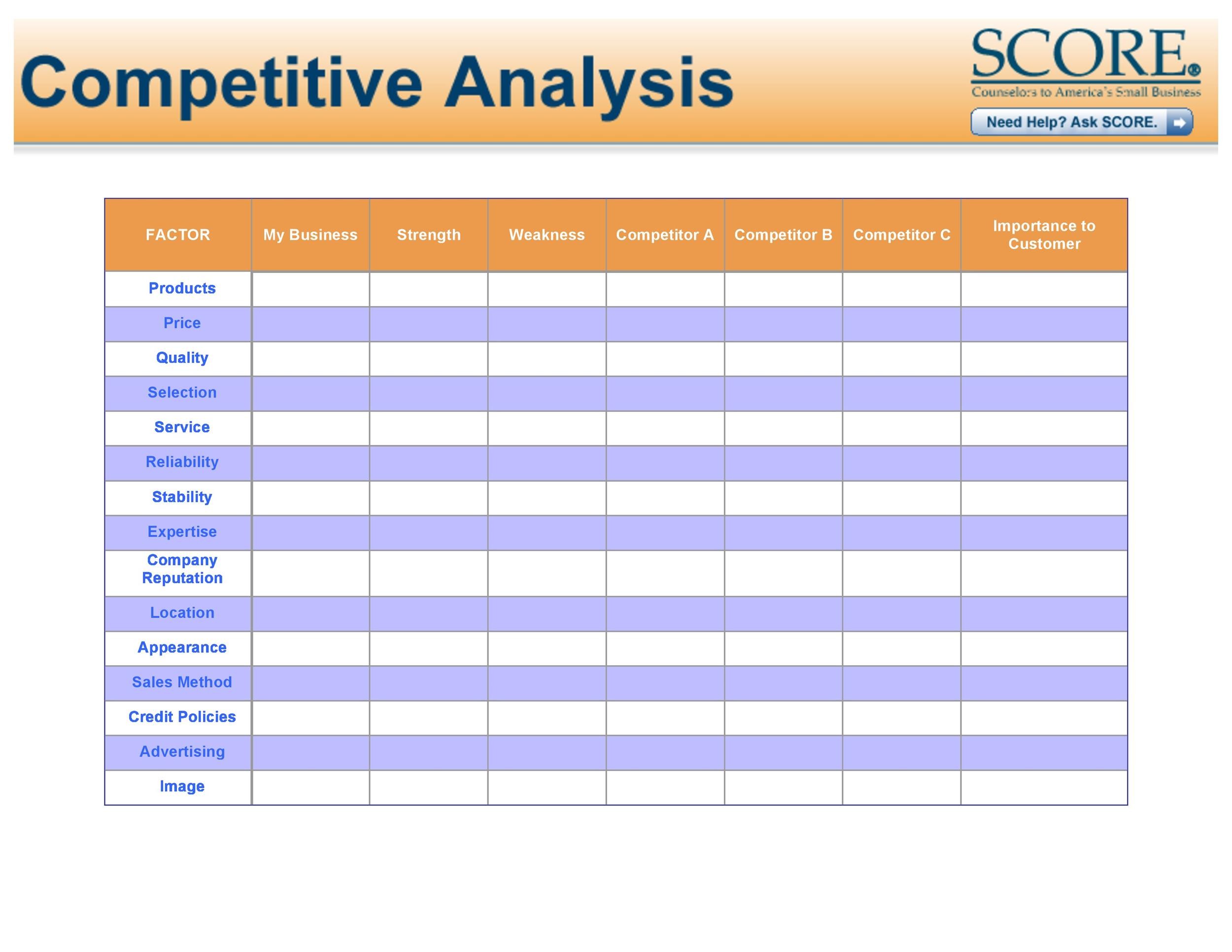
Identifying Your Competitors – Who Are They?
The first step in any competitive analysis is identifying your direct and indirect competitors. Direct competitors offer similar products or services to the same target market. For example, if you’re a coffee shop, direct competitors would be other coffee shops in your area. Indirect competitors offer alternative solutions to the same customer need. Consider a streaming service – Netflix competes with Hulu and Amazon Prime Video. It’s important to consider both direct and indirect competitors, as a single product can often be challenged by multiple entities. Tools like Google Search, industry directories, and social media can be invaluable for identifying potential competitors. Furthermore, analyzing online reviews and customer feedback can reveal insights into competitor strengths and weaknesses. Don’t underestimate the power of leveraging publicly available data – it’s often a surprisingly comprehensive starting point.
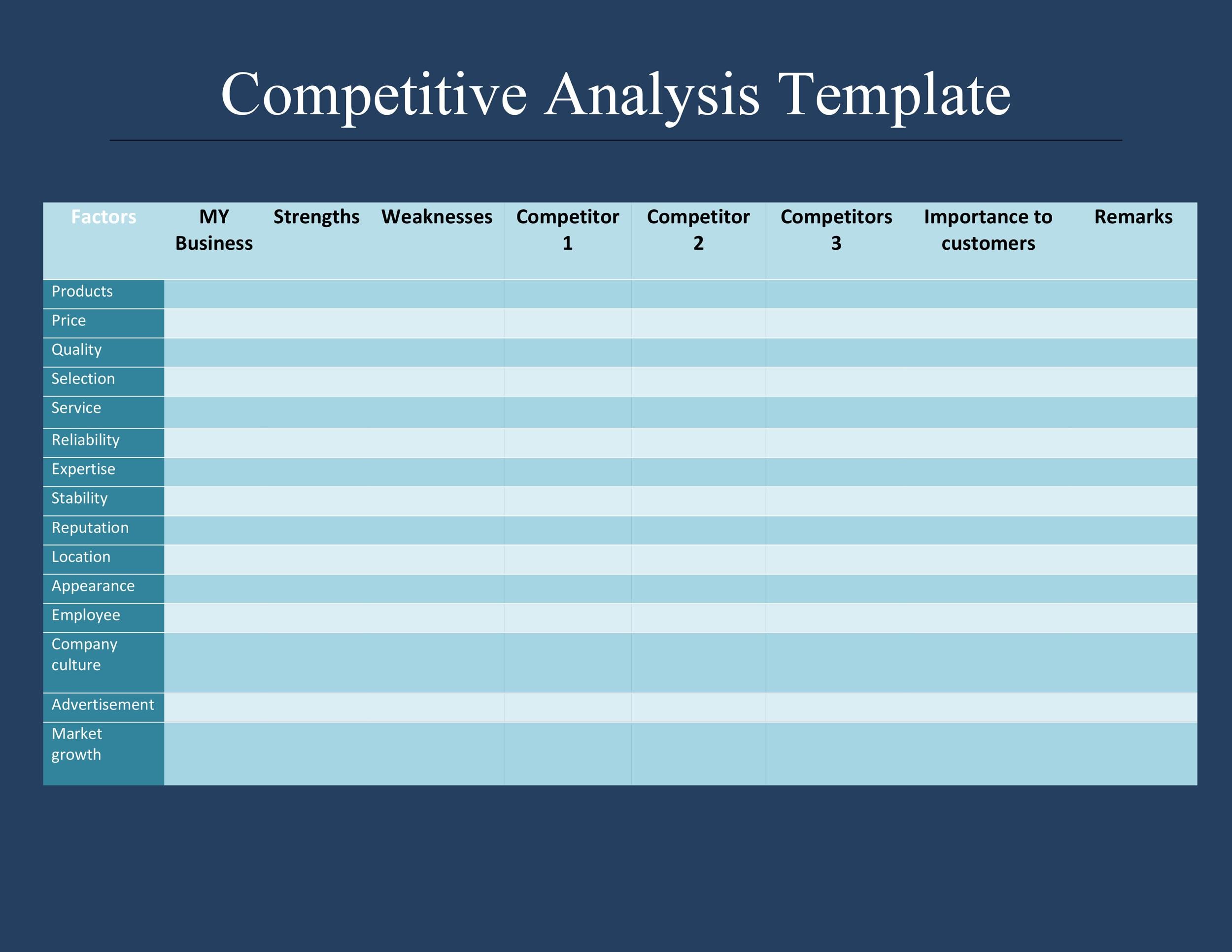
Analyzing Competitor Strategies – What Are They Doing?
Once you’ve identified your competitors, it’s time to delve into their strategies. This involves examining their marketing, product development, pricing, distribution, and customer service. Marketing strategies are particularly important to analyze. What channels are they using? What messaging are they employing? Are they focusing on brand building, lead generation, or customer retention? Product development reveals how they’re innovating and responding to market demands. Are they launching new products, improving existing ones, or focusing on specific features? Pricing strategies are crucial to understand how they position themselves in the market. Are they offering competitive pricing, premium pricing, or value pricing? Distribution channels – how do they get their products or services to customers – are also key to understanding their competitive position. A thorough examination of these areas will provide a clear picture of your competitors’ overall approach. Don’t just look at the surface level; dig deeper to understand the why behind their actions.
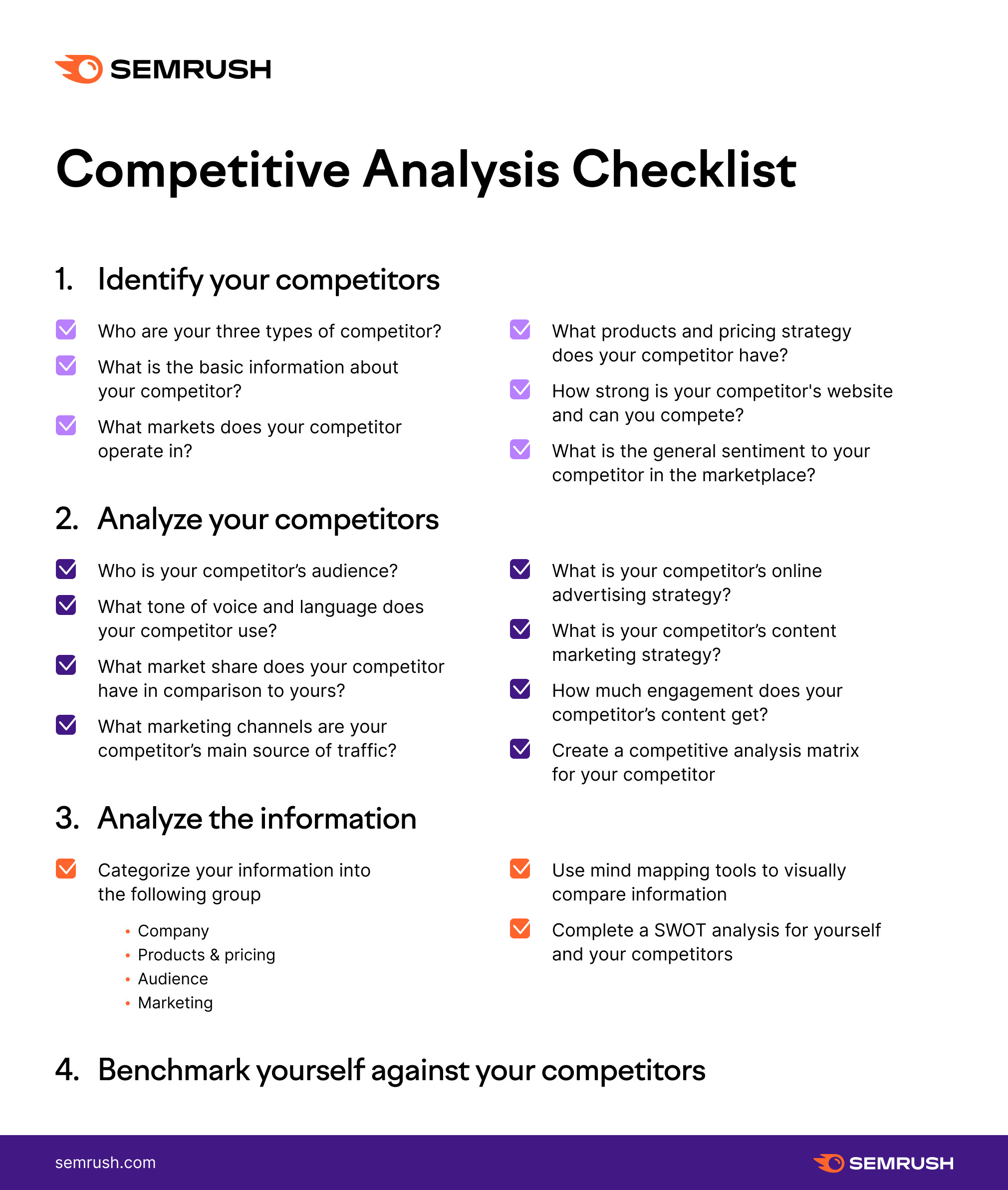
SWOT Analysis – A Framework for Competitive Assessment
A SWOT analysis is a powerful tool for summarizing your competitors’ strengths, weaknesses, opportunities, and threats. It’s a structured approach that helps you gain a holistic understanding of the competitive landscape. Here’s how it works:

- Strengths: What does your competitor do well? What advantages do they have? (e.g., strong brand reputation, loyal customer base, efficient operations)
- Weaknesses: Where does your competitor fall short? What areas need improvement? (e.g., outdated technology, poor customer service, high prices)
- Opportunities: What external factors could benefit your competitor? (e.g., emerging market trends, changing consumer preferences, new technologies)
- Threats: What external factors could harm your competitor? (e.g., new competitors, economic downturn, changing regulations)
By systematically analyzing your competitors using a SWOT framework, you can identify areas where you can capitalize on their strengths and mitigate their weaknesses. This allows you to develop a proactive strategy that positions you for success.
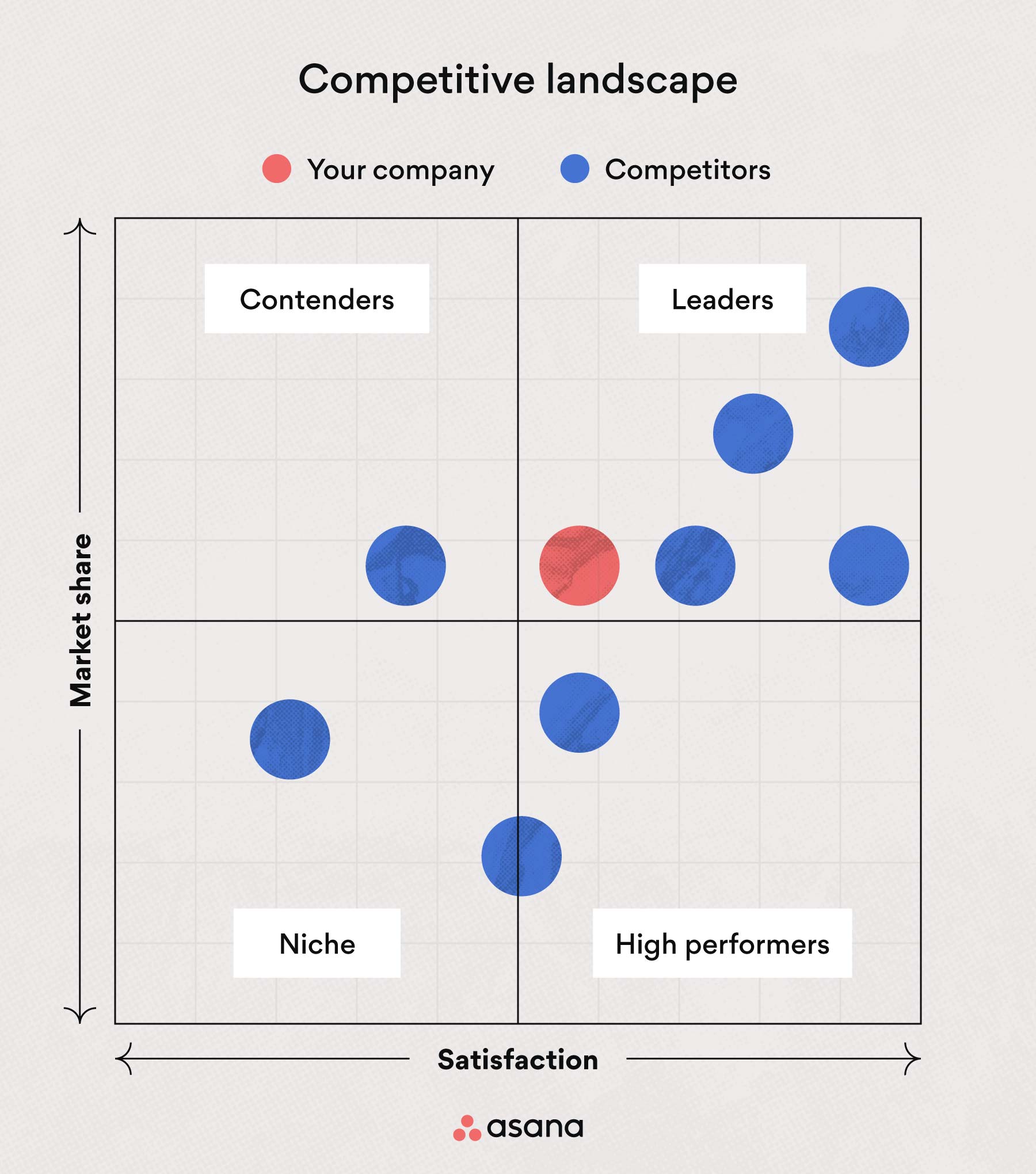
Pricing Strategies – How Do They Price?
Pricing is a critical element of competitive analysis. Understanding how your competitors price their products or services is essential for determining your own pricing strategy. Consider the following:

- Cost-plus pricing: Calculating your costs and adding a markup.
- Value-based pricing: Pricing based on the perceived value to the customer.
- Competitive pricing: Matching or undercutting competitor prices.
- Premium pricing: Charging a higher price to signal superior quality or exclusivity.
Analyzing competitor pricing reveals their target market, their perceived value, and their willingness to pay. Don’t just look at the raw price; consider the value proposition they’re offering. A competitor’s pricing strategy can be a significant indicator of their overall business model.
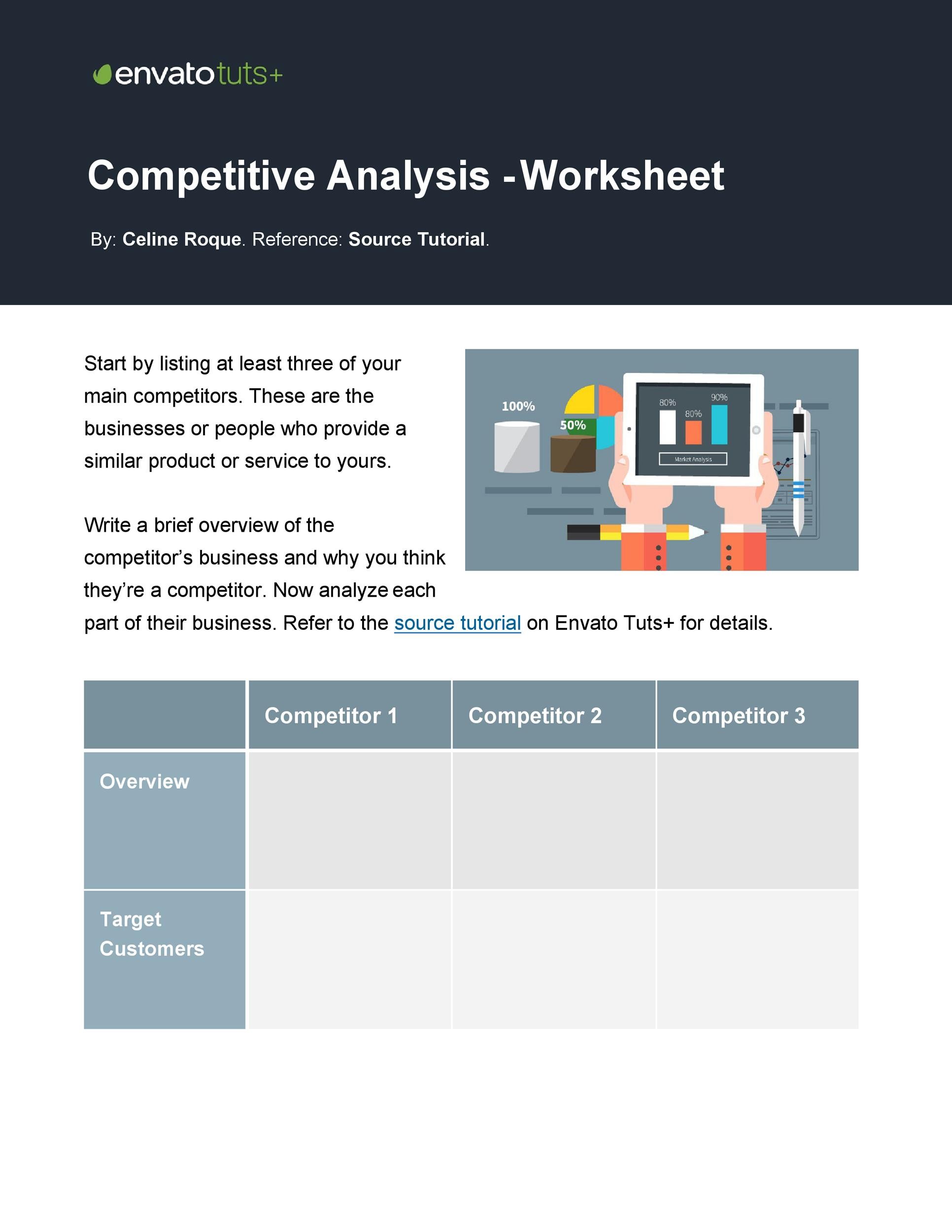
Customer Service – What’s Their Reputation Like?
Customer service is increasingly important in today’s competitive market. Analyzing your competitors’ customer service practices can reveal valuable insights into your own. Consider:
- Response times: How quickly do they respond to customer inquiries?
- Resolution rates: What percentage of customer issues are resolved successfully?
- Customer satisfaction scores: What are customers saying about their experiences?
- Channel of support: Do they primarily use phone, email, chat, or social media?
A positive customer service reputation can be a significant competitive advantage. Conversely, poor customer service can damage your brand and drive customers away. Monitoring online reviews and social media conversations can provide valuable insights into customer perceptions.
Tools and Resources for Competitive Analysis
Numerous tools and resources can assist with conducting competitive analysis. Here are a few popular options:
- Google Alerts: Set up alerts for your competitors’ names to track their activities.
- SEMrush & Ahrefs: Powerful SEO and competitive analysis tools.
- Social Media Monitoring Tools: Track competitor mentions and sentiment on social media.
- Industry Reports & Market Research: Access reports from industry analysts to gain deeper insights.
- Competitor Websites & Marketing Materials: Analyze their websites, brochures, and other marketing materials.
Putting it All Together – Strategic Implications
A thorough competitive analysis isn’t just about identifying threats; it’s about identifying opportunities. By understanding your competitors’ strengths and weaknesses, you can develop strategies to exploit their vulnerabilities and capitalize on their successes. This might involve differentiating your product or service, improving your marketing efforts, or adjusting your pricing strategy. The key is to continuously monitor your competitors and adapt your strategy accordingly. A proactive and data-driven approach to competitive analysis is essential for long-term success.
Conclusion
Competitive analysis is an ongoing process, not a one-time event. It’s a critical component of any business strategy, enabling informed decision-making and sustainable growth. By diligently identifying, analyzing, and responding to your competitors, you can gain a significant advantage in the marketplace. Remember that the goal isn’t to simply replicate your competitors; it’s to understand them and position yourself as a superior alternative. Investing the time and effort into competitive analysis is an investment in your future success. The ability to anticipate and react to competitive pressures is a key differentiator in today’s dynamic business environment. Continuous monitoring and adaptation are vital for maintaining a competitive edge.